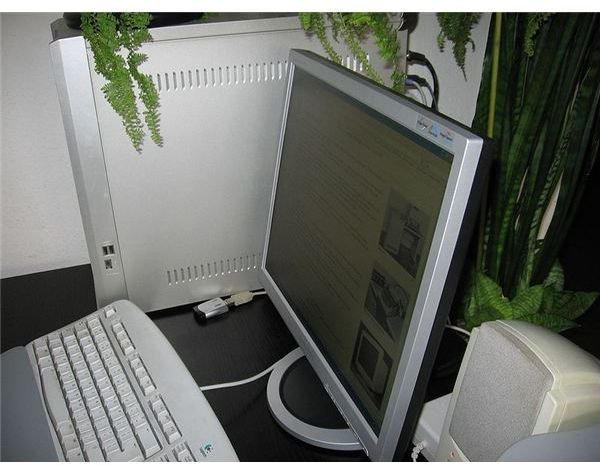Print vs. Web Media: How Are They Different?
Print vs Web
Print vs Web Media is an issue that has become hotly debated as more and more print media outlets are being phased out for easier to manage Web media. Much to the distress of printed media, the differences are quite stark and at this point they very much in favor of Web media completely overtaking media entirely.
With the popularity of social networking and the Internet becoming so much more accessible than printed material, we’re seeing more and more people joining the Web everyday and with environmental movements in full-swing we are seeing the all too inevitable downfall of printed media.
But from a design perspective printed media has a lot still going for it. While websites may be on their way to becoming the standard of media print will definitely still be leaving its mark for quite some time.
Color

You may not realize it, but color on the Web and the color printed on paper is actually very different, in a lot of ways in fact. Most obviously is that the Internet and computers in general have the unique ability to clearly render all the colors of the color spectrum without much difficulty. Print media can render just about all the colors but the way that the ink blends on the paper may not provide the best results in proof printing requiring more work to fix color issues and perhaps delaying a publication.
However, the unfortunate thing is that no two monitors are set up the same way. Some users and even the artist may have brighter monitors while others have dimmer monitors and as a result you end up with a lot inconsistencies with color on a user-to-user basis. Print media does not have this issue as each print will have the exact same colors for everyone.
Change

An element where Print has held and will likely hold for a very long time is the fact that it changes layouts as much as it updates. Not to say that a newspaper will not look like a newspaper from one day to the next, but it’s quite often that no two newspapers will ever look the same again. The same can be said for magazines which are never the same in layout or design.
At best a website will update every 6 months to a couple of years because it’s in good form to keep your website identifiable by its design so that people can familiarize themselves with the layout and it’s frankly more trouble than it’s work to keep updating a website more than a couple of times a year.
Freedom

Designing for a website and designing for a magazine or newspaper are completely different things. With printed media you have a set amount of space that you absolutely have to fill and absolutely cannot go over. With websites the only size limit is what you’re willing to take it to with some regards to the size of people’s computer monitors.
Since the Web does not require ink or paper to publish, it’s vastly cheaper to create and publish designs that are intricate and feature more color than its print counter-part. The money that is saved can go towards improving a design or other parts of a company that might need it.
Interactivity

When considering how each medium delivers information the clear winner is the Internet. Printed media is, at its best, a daily thing whereas the Internet never really stops pushing up to the second information. Not only that the Internet is likely to have thousands if not millions of people talking about a single event giving loads of different perspectives to get a better idea of what’s going on or maybe help you looking at certain things differently.
Something that has been invaluable to us as a society has been the ability to allow more people to “input” themselves onto the Web. This has allowed news to travel faster, people to share their talents with the world, and inspire a lot of culture and art that would otherwise not be here without it.
The thing we take for granted most about Web media is that it can be interactive. There are several programming languages and programs that can be used to make interactive elements to a website or make a website a completely interactive experience.
Credits
All images are used for promotional purposes only and are listed in the order they appear.
https://commons.wikimedia.org/wiki/File:MonitorLCD_17in.jpg
https://commons.wikimedia.org/wiki/File:Computerspectrum.png
https://commons.wikimedia.org/wiki/File:Croc_magazines.jpg
https://commons.wikimedia.org/wiki/File:Erioll_world_2.svg
https://commons.wikimedia.org/wiki/File:Website-screenshot.jpg
